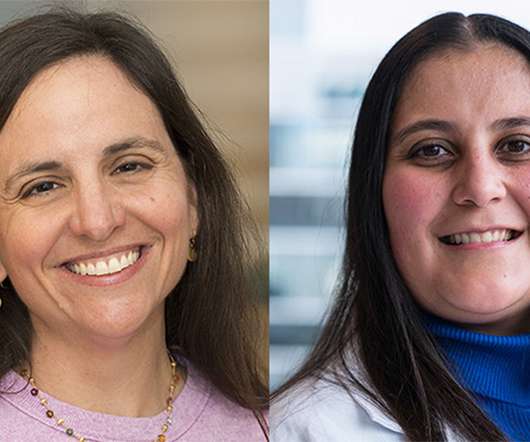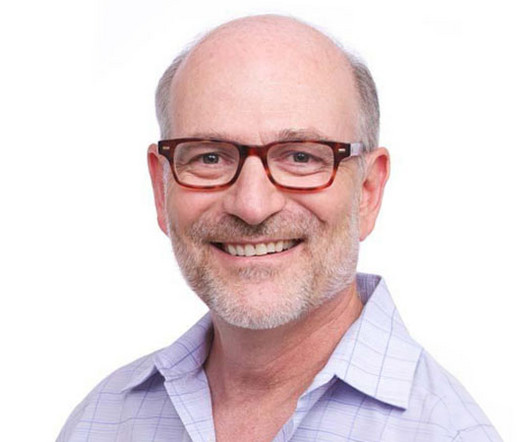The Future Of Vision And Eye Care
The Medical Futurist
JUNE 21, 2025
The California-based firm, Second Sight , the German company, Retina Implant AG, and the French venture, Pixium Vision were the forerunners of the field, developing implantable visual prosthetics to restore vision to patients who are blind as a result of the rare condition of retinitis pigmentosa.












Let's personalize your content